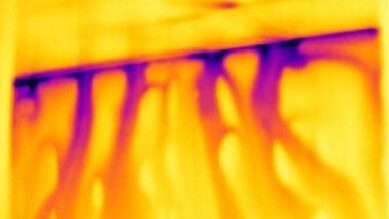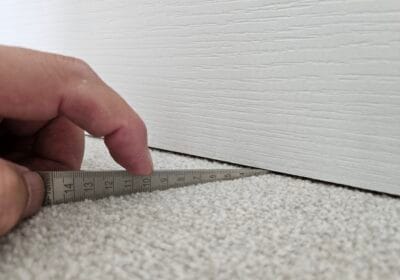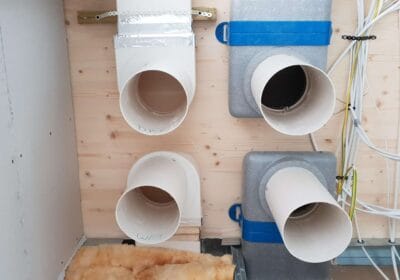When I first became involved in shaping the airtightness requirements for Part L of the Building Regulations, the topic was treated as a specialist curiosity. Airtightness was often seen as a compliance hurdle rather than a fundamental element of energy efficiency, comfort, and building durability.
Over the last two decades, the industry has come a long way. New homes are now tested, airtightness targets are clearly defined, and there is a growing supply chain of testers and products designed to make compliance achievable. In many respects, this is a positive story: UK homes are significantly more airtight than they were in the 1990s and early 2000s, and builders now expect airtightness testing to be part of the process.
It is worth remembering, though, that until 2021 only a sample of new homes on a development needed testing. Since then, every new home has required an airtightness test. That shift has undoubtedly raised awareness and placed more emphasis on consistency across sites.
Beyond the numbers
From recent site inspections, one thing is clear: achieving a test result on paper is not the same as achieving performance in practice. Builders know that a house will be tested once and that a pass leads to sign-off. In my view, this has led to a culture of tactical compliance: sealing up for the test, but not addressing the continuity of the air barrier across the whole build process.
The result? We see homes that technically pass but still suffer from air bypasses. A common example is plasterboard fixed on dabs, which leaves cavities that allow air to move behind wall linings. When combined with unsealed roof-to-wall interfaces, these bypasses reduce thermal performance, undermine ventilation strategies, and increase moisture risks. In other words, homes may be hitting the target but still missing the point.
Why airtightness matters more now than ever
As fabric standards tighten, and as the Future Homes Standard brings in heat pump heating and balanced ventilation as the norm, airtightness becomes even more critical. Poor airtightness erodes the efficiency of low-carbon systems, increases running costs for residents, and risks delivering homes that underperform.
Airtightness is not just about a number on a certificate. It is about quality construction, careful sequencing, and clarity in design drawings. It requires an industry culture shift from tactical compliance to integrated performance.
Where next?
The tools and knowledge are there. Good practice examples show that airtightness can be achieved consistently without huge additional cost, provided it is planned early and managed throughout construction. What is missing is a shift in mindset: seeing airtightness not as a one-off test, but as a golden thread running through the entire design and build process.
If we want to deliver the homes promised by the Future Homes Standard, we cannot afford to keep missing the point.
Thermal image: with thanks to the brilliant team at the Leeds Sustainability Institute, Leeds Beckett University, for their forensic insights into how buildings really perform.



